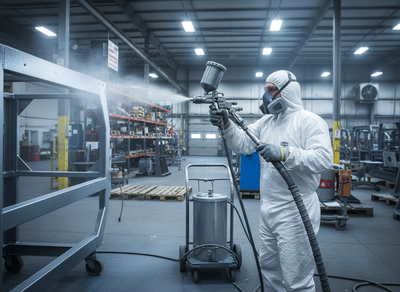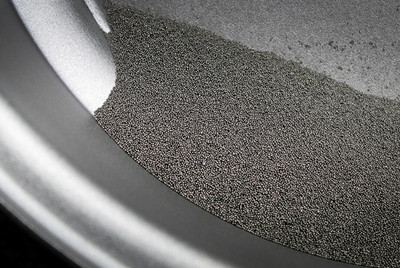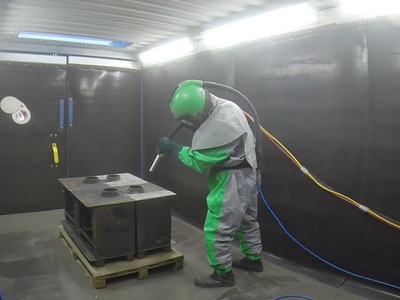16th Jul 2025
Environmental factors play a crucial role in the success of any coating process. Among the most significant variables are temperature and humidity in paint application, which directly influence the drying rate, adhesion, and overall performance of paint systems. Whether applying coatings in domestic, commercial, or industrial settings, understanding and managing environmental paint conditions is essential to achieving a durable and professional finish.
The importance of environmental conditions in painting
Paints and coatings are chemically engineered to perform within specified environmental parameters. Temperature and humidity are two of the most critical coating application factors, as they can alter the physical and chemical behaviour of the material during application and curing.
- Temperature affects the rate at which solvents or water evaporate from the coating.
- Humidity impacts the moisture content in the air, which can interfere with the drying and curing process, particularly for waterborne systems.
Neglecting to account for these conditions can lead to a range of defects, including blistering, poor adhesion, inconsistent finishes, and premature failure of the coating.
Recommended temperature ranges
Most manufacturers provide specific temperature guidelines for their products. Generally, coatings should be applied within a temperature range of 10°C to 30°C, although this can vary depending on the product formulation.
Effects of incorrect temperature:
- Below recommended levels: The coating may become overly viscous, extend drying times, or fail to cure properly.
- Above recommended levels: Rapid solvent evaporation may cause poor flow, surface defects, or compromised adhesion.
In systems that rely on chemical curing (such as two-pack epoxies or polyurethanes), temperatures outside the recommended range may significantly alter the curing reaction, affecting the integrity of the final film.
The role of humidity in coating performance
Humidity levels also have a substantial impact on application outcomes. It is generally advised to avoid painting when relative humidity exceeds 85%, as this can impair the performance of many coatings.
Common issues related to high humidity:
- Waterborne paints: Extended drying times and potential for water entrapment.
- Solvent-based paints: Moisture contamination leading to haze, pinholing, or adhesion failure.
- Metal substrates: Increased risk of flash rusting due to condensation prior to application.
Conversely, low humidity conditions (below 40%) can accelerate drying excessively, potentially resulting in poor film formation or surface defects.
Best practices for managing painting climate control
To mitigate risks associated with temperature and humidity, the following measures are recommended:
- Monitor environmental conditions using reliable temperature and humidity gauges prior to and during application.
- Schedule application during optimal conditions – avoiding early mornings, late evenings, or periods of extreme weather.
- Acclimatise materials to the working environment, particularly when moving from cold storage into warmer areas.
- Use climate control systems such as heaters, dehumidifiers, or forced ventilation in enclosed or sensitive environments – for example, within one of our spray booths.
- Avoid application near dew point temperatures, where surface condensation can occur invisibly but critically affect coating adhesion.
Climate control in industrial settings
In industrial applications, environmental control is often non-negotiable. Industries may employ purpose-built facilities to maintain consistent conditions throughout the coating process. These facilities enable consistent quality, reduce drying and curing time, and minimise the likelihood of coating failure.
Such controls are particularly relevant in marine, offshore, and high-performance protective coatings, where the cost of failure is significant, and environmental fluctuations are common.
Conclusion
Temperature and humidity in paint application are critical parameters that must be closely managed to ensure successful results. Understanding the effects of environmental paint conditions on drying behaviour, adhesion, and overall finish is essential for professionals across all sectors of the coatings industry.
By adopting a proactive approach – monitoring, adjusting, and controlling the painting environment – applicators can reduce the risk of defects and ensure consistent, high-quality outcomes in every project.




